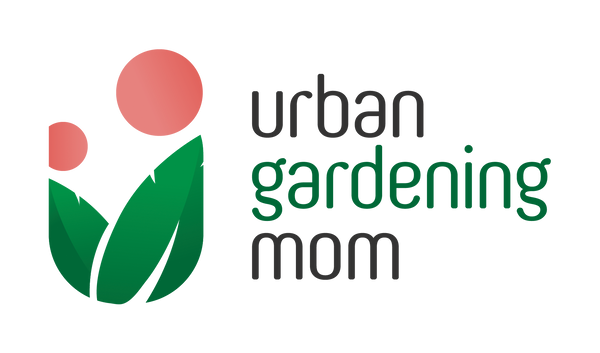
Guide to Transplanting Your Seedlings
Share
Now that your seeds have sprouted, the next step is to transfer them from your seed starter trays into pots. This may sound elementary to most gardeners, but in reality, a lot of my rookie mistakes in the past happened during this stage. So here are a few things to remember when transplanting or re-potting your seedlings.
When to transplant
 As a rule of thumb, seedlings are ready for transplant when “true leaves” have appeared. From our science class, we learned that the first set of “leaves” that grow out of the seed is its cotyledon which are not really the plant’s true leaves. The cotyledon is the one that supplies nutrients to new plants while the plant is in the process of developing its own leaves. When the leaves have grown, the plant can start to manufacture its food through photosynthesis. To be sure, I would usually wait until the third or fourth leaf to appear before I begin to transplant.
As a rule of thumb, seedlings are ready for transplant when “true leaves” have appeared. From our science class, we learned that the first set of “leaves” that grow out of the seed is its cotyledon which are not really the plant’s true leaves. The cotyledon is the one that supplies nutrients to new plants while the plant is in the process of developing its own leaves. When the leaves have grown, the plant can start to manufacture its food through photosynthesis. To be sure, I would usually wait until the third or fourth leaf to appear before I begin to transplant.
It is important to note that re-potting (whether seedlings or mature plants) is best done in the afternoon. This gives the plant roots enough time to recover throughout the evening.
For more information on how to start seeds, visit my blog article on “How to Start Seeds in a Seed Tray”.
How to transplant
First step is to prepare the pots into which the seedlings will be transferred. Fill the pot with soil or potting mix and water the soil deeply. The soil must be moist but not too soggy. Using a plastic knife, create a small hole or pit at the center.

Sprinkle some ground cinnamon lightly on the soil. Cinnamon has anti-fungal properties that help plants fight off infection. Optionally, add some ground eggshells and banana peels. Eggshells are rich in calcium while banana peels in potassium and phosphorus. These are some of the basic nutrients which most plants need for stronger stems and roots. For more information on organic fertilizers, visit my blog article on “DIY Organic Fertilizers from Kitchen Scraps”.
Next is to prepare the seedlings. Loosen the edges of the starter tray with a plastic knife, and then gently scoop the seedlings out. If the soil tends to crumble during the transplant, spray water to help hold the soil together. If the seedlings are clustered together, gently separate them by hand. At this stage, they are still very delicate so make sure that the separation is done without damaging the roots or stems.
Carefully transfer each seedling into individual pots one by one. Press down the soil near and around the roots to release air pockets, and then water the soil using a spray bottle. Make sure that no part of the true leaves touches the ground or soil. Keep the newly transferred seedlings indoors or under a shade for at least 12 hours.
Hardening off the transplants
Once the seedlings have been transplanted, it’s time to harden off the transplants. “Hardening off” simply means gradually exposing the young plant to sunlight and other natural elements in order to acclimatize it. Without being hardened off, the seedlings may suffer from shock and eventually wither/die. Start by exposing the seedlings to 2 hours of morning sun per day, increasing to 4 hours after about a week, and so on. Hardening also applies to cuttings which had been newly re-potted. (For a more detailed explanation on hardening off seedlings, visit http://growagoodlife.com)
SHOULD YOU USE A LARGE CONTAINER FOR TRANSPLANTING THE SEEDLINGS?
 This is a typical question most beginners ask. For practical reasons, I use a small container first, or one that can be easily discarded after use (like a grow bag or an organic seedling pot). When the plant has developed more leaves and roots (usually in a month’s time), then it can already be transplanted to its final location, whether on the ground or into a larger container.
This is a typical question most beginners ask. For practical reasons, I use a small container first, or one that can be easily discarded after use (like a grow bag or an organic seedling pot). When the plant has developed more leaves and roots (usually in a month’s time), then it can already be transplanted to its final location, whether on the ground or into a larger container.
For more gardening tips, visit http://urbangardeningmom.com. Happy gardening everyone!
